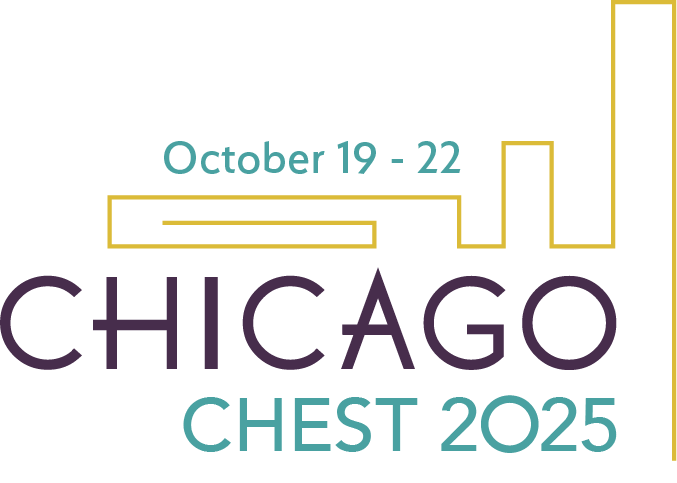
The largest multicenter, head-to-head comparison of navigational bronchoscopy (NB) vs CT scan-guided transthoracic needle biopsy (TTNB) showed NB is not inferior to TTNB and has a significantly better safety profile. The Navigation Endoscopy to Reach Indeterminate Lung Nodules Versus Trans-Thoracic Needle Aspiration (VERITAS) trial met the protocol-defined noninferiority margin of 10%, showing a diagnostic accuracy for NB of 79.0% vs 73.6% for TTNB and a serious adverse event rate of 0.8% vs 11.5%. The VERITAS study utilized cone-beam CT scan for intraprocedural verification with NB.
“Bronchoscopy now deserves to be mentioned in the same breath as CT [scan]-guided biopsy when you’re initially considering lung biopsy,” said trial coauthor Matthew C. Aboudara, MD, FCCP, Associate Professor of Medicine at the University of Missouri-Kansas City School of Medicine. “The safety profile and the ability to stage the mediastinum at the same time offer a unique advantage for bronchoscopy compared with TTNB. If your patient can tolerate general anesthesia to undergo the procedure, bronchoscopy should be one of your first diagnostic tests.”

NB has been in development for more than a decade with steadily improved lesion access and procedural precision, noted Irene Riestra Guiance, MD, Pulmonary and Critical Care Fellow at Mayo Clinic. Prior trials showed diagnostic yields in the 60% to 75% range despite variable and often less-stringent criteria relying on immediate cytology or short-term follow-up. VERITAS required histologic confirmation or consistent 12-month clinical/imaging follow-up in both the NB and TTNB arms.
“VERITAS provides high-level evidence that NB is noninferior to TTNB in diagnostic performance while offering a dramatically improved safety profile,” Dr. Guiance said. “The results reinforce what many interventional pulmonologists have already seen anecdotally. NB has become a safe and effective frontline approach, especially for patients who are at a higher risk for complications, require mediastinal staging, present with nodules not ideally suited for percutaneous biopsy, or are candidates for single-anesthetic bronchoscopy and resection.”
VERITAS randomized 121 consecutive patients to NB and 113 to TTNB across seven US sites between September 2020 and June 2023. All patients were referred for biopsy of a single peripheral, indeterminate pulmonary nodule 10 mm to 30 mm in diameter and a calculated pretest probability of cancer of at least 10%. The median age of patients was 67 years, and 57% of patients were female. Most patients, 82.5%, had solid nodules, and most nodules, 87.6%, were located in the outer third of the lung. The median nodule size was 15 mm, and 33% had a bronchus sign.
The primary outcome was diagnostic accuracy. Secondary outcomes included diagnostic yield, procedural complications, and procedural time.
NB showed a diagnostic yield of 79.3% vs 77.9% for TTNB (95% CI, 1.5-12.8). Diagnostic yield was defined as a specific diagnosis adequate to inform patient care and not to require additional clinical follow-up.
Procedural complications occurred in 5.0% of the NB group and 29.2% of the TTNB group, an absolute difference of 24.2% (95% CI, 15.0-35.6). Pneumothorax was the most common complication, 3.3% for NB vs 28.3% for TTNB, an absolute reduction of 25% (95% CI, 15.3-34.8). Pneumothorax resulting in placement of a chest tube and/or hospitalization was 0.8% for NB and 11.5% for TTNB, a difference of 10.7% (95% CI, 3.7-17.6). Procedural duration was 11 minutes longer for NB, a median of 36 minutes vs 25 minutes.
Dr. Aboudara cautioned that practical considerations may limit the generalizability of the results seen in VERITAS. Not all institutions have the necessary technology, resources, or expertise to adopt NB. And not all referring providers or institutions are familiar with NB diagnostic yield and safety profile.
“While NB’s favorable safety profile has long been appreciated, the actual rates seen in VERITAS were striking,” Dr. Guiance said. “These figures exceed what many clinicians encounter in daily practice and further support the shift toward NB as a firstline diagnostic modality. These data reinforce that safety—not just diagnostic performance—must remain central in decision-making.”
